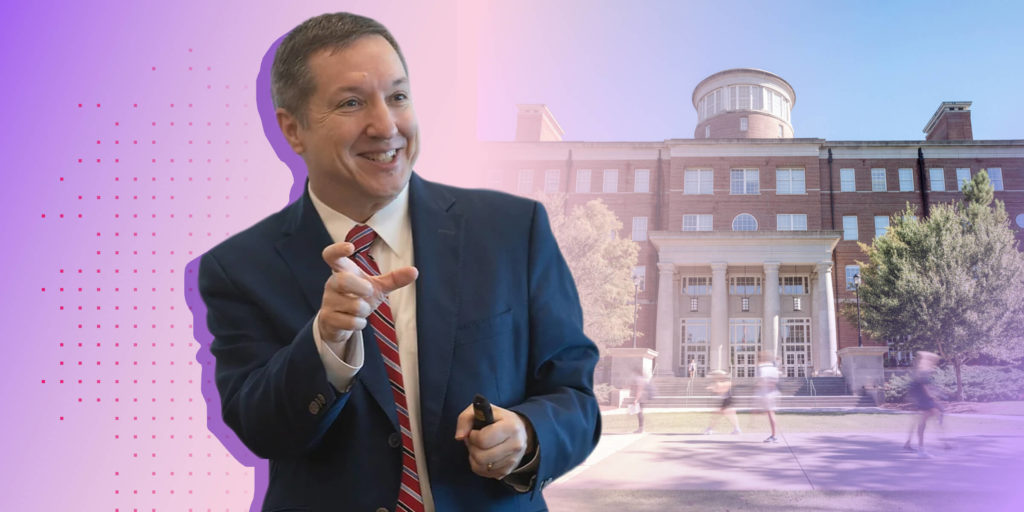In this abridged extract from Top Hat’s new e-book, The Professor’s Guide to Agile Teaching, we look at three different ways that instructors in psychology, math and physiology make sure that their teaching is memorable, effective, and most of all, responds to the needs of their students without creating colossal amounts of work for teacher or undergraduate alike. The key: a fresh set of teaching techniques.
1. Adopt a Growth Mindset
Laura Freberg, professor of psychology at California Polytechnic University in San Luis Obispo, doesn’t do things by rote. When she uses the term “growth mindset” she means it in exactly the same way eminent Stanford psychologist Carol Dweck meant it when she first researched and coined the term—people with a growth mindset believe they can always apply themselves and improve their knowledge and skills, and believe that failure is an opportunity to learn and grow.
Freberg has made change into something routine. “A growth mindset in the classroom says, ‘That’s not necessarily how it has to happen, and I need to be open and press myself to new opportunities and take advantage of new technologies and new methods, and constantly look for ways of improving what I do in the classroom.’”
Freberg has found that some teaching techniques help promote a growth mindset in her students too. Perhaps her most successful adaptation in this regard has been online exams, which students can do at home, with textbooks and the internet at their disposal. “I try to tell them that it’s actually harder than a traditional exam because it’s time sensitive, but they don’t believe me,” she says. “They’re at home, they feel relaxed, and I think that the reduction in anxiety is significant for them.”
2. Get Students Out of Their Seats
John Redden is a professor perfectly suited to leading small classrooms. Unfortunately, he doesn’t teach small classrooms. As an associate professor with the University of Connecticut’s department of physiology and neurobiology, Redden teaches undergraduate anatomy and physiology in course sections of more than 500 students.
Redden is constantly looking for ways to make his own large classrooms feel small. “I’ve found that just by having them stand up and move around, automatically they’re more engaged… To the aisles, the whiteboards, anywhere they can stand face to face, or in small groups, to discuss the material.”
He began by using a classroom-response system to get students answering questions on-the-spot, then added case studies to make sure students always have an answer to the question, ‘Why are we learning this?’
“If [students] want an encyclopedia, we have a textbook for that,” says Redden. “My job is to lead them through the information and identify the things that are most important.”
3. Help the Class Practice Together
In order to help her liberal arts students overcome math anxiety, Burcu Karabina, a math lecturer at Florida Atlantic University, has transformed herself into a language professor.
“I tell [my students] that math is a very precise language. That’s why it’s cognitively a little bit more difficult for some people to comprehend, which is perfectly okay. But math on its own is a different language, so you should be able to speak mathematics. And I teach them how to speak little by little.”
Karabina uses classroom response systems to get students practicing mathematics in class, which allows her to identify the students whose anxiety is most acute. “I tell them, ‘I’m not testing you, I’m not timing anything. I’m just encouraging you to give it a try, and if you do it right, you can maybe help the person next to you.’”

Read more
Explore agile teaching in detail with our new e-book: from gleaning real-time insights from data to tearing your course apart and starting afresh.
Fill in the form below to get free exclusive access to The Professor’s Guide to Agile Teaching.


